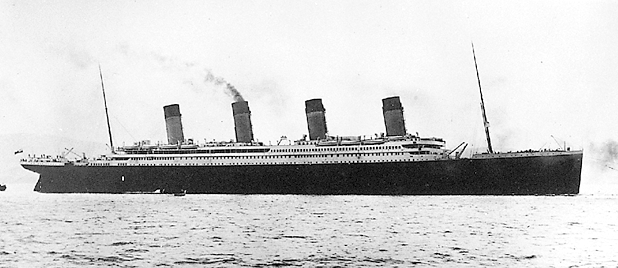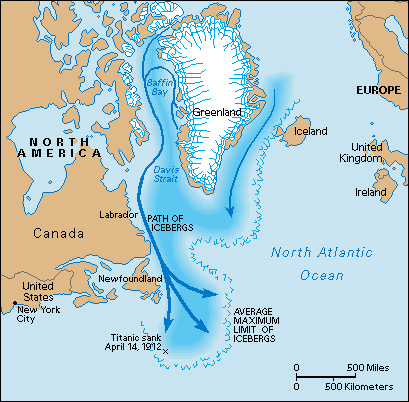Antarctic Glacier Spawns Chicago-Sized Iceberg
Thursday, July 11th, 2013July 11, 2013
An iceberg slightly larger than the city of Chicago has finally calved (broken away) from Antarctica’s Pine Island Glacier (PIG), two years after scientists first spotted a 15-mile (24-kilometer) crack in the PIG’s ice shelf. (An ice shelf is the foreward part of an ice sheet that floats on water.) The PIG, located in West Antarctica, is shrinking faster than any other glacier on Earth. It also ranks number one among glaciers whose melting is contributing to the rise of global sea levels. The new iceberg, which has a surface area of 278 square miles (720 square kilometers), is now floating in the Amundsen Sea.
Scientists with NASA’s Operation IceBridge first noticed a crack in the PIG’s ice shelf in October 2011 while flying over and surveying the massive glacier. The crack, then about 15 miles (24 kilometers) long and 164 feet (50 meters) wide, had grown to 17 miles (28 kilometers) long and 1,770 feet (540 meters) at its widest point just before the iceberg split off, according to scientists at the Alfred Wegener Institute for Polar and Marine Research in Bremerhaven, Germany. Scientists at the institute have been tracking the birth of the iceberg using the German Space Agency’s TerraSAR-X satellite.

The new iceberg that calved from the Pine Island Glacier appears in a satellite image from the German Space Agency on 8 July 2013. (DLR)
Calving is a natural process for Antarctic ice sheets and is not necessarily related to global warming. The PIG produced huge icebergs in 2001 and 2007. However, scientists have found that the PIG has grown significantly thinner and has begun to move faster toward the sea in recent decades. The glacier is currently responsible for about 10 percent of all the ice flowing into the sea from West Antarctica.
The new iceberg, however, did not set any records for size. In March 2000, one of the largest icebergs ever recorded separated from the Ross Ice Shelf. Named B-15, it was around 4,250 square miles (11,000 square kilometers) in surface area—about the size of the island of Jamaica—and possibly more than 1,000 feet (300 meters) thick. Even after drifting into the warmer waters of the Southern Ocean and breaking apart, some pieces survived more than 10 years. In January 2005, a huge chunk of B-15 ran aground in Antarctica’s McMurdo Sound in the Ross Sea, devastating Adélie penguin colonies. The iceberg prevented adult Adélie penguins from feeding in normally open waters. Many penguin chicks died of starvation while their parents trudged across the vast ice sheet in search of food.
Additional World Book articles:
- Amundsen, Roald
- Ice formation
- Ross Dependency
- The Great Meltdown (a special report)
- Science in Antarctica (a special report)




